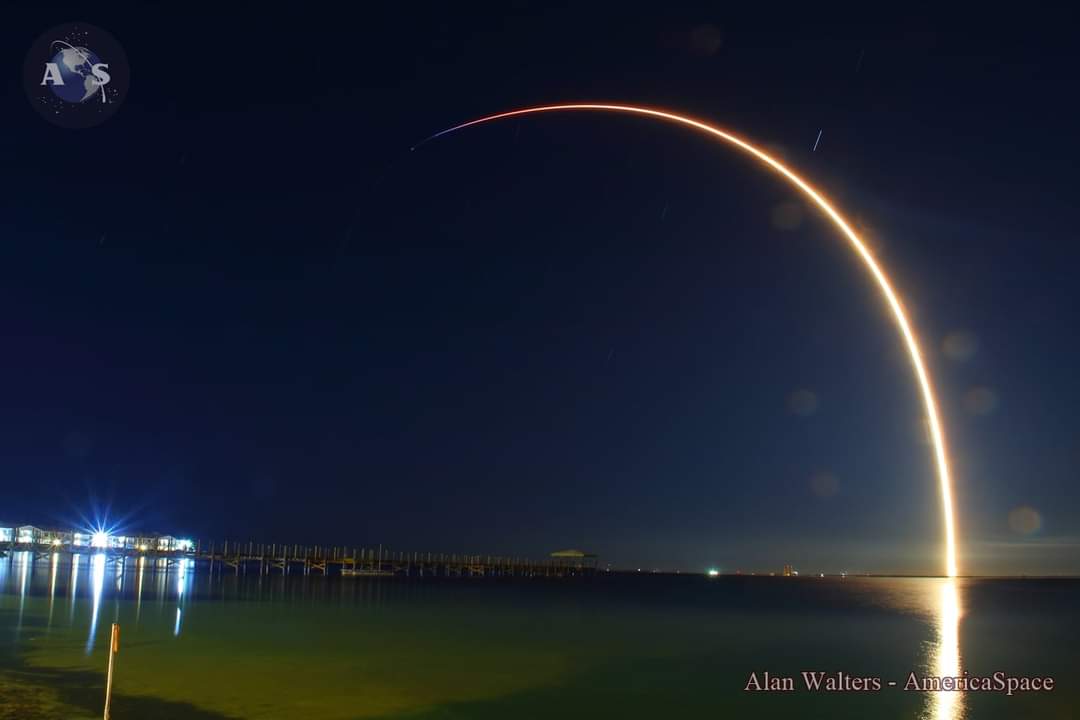
After a record-setting 2023, which in August saw its first nine-launch month and earlier in September passed a milestone for the greatest number of flights in a single calendar year, SpaceX is targeting late Tuesday evening to loft a fleet-leading Falcon 9 booster from storied Space Launch Complex (SLC)-40 at Cape Canaveral Space Force Station, Fla. The B1060 core—which entered service back in June 2020 and has already secured accolades as the first vehicle in SpaceX’s fleet to reach 13 launches in June 2022, before being narrowly beaten to 14th, 15th and 16th missions by sister B1058—will re-establish her life-leading credentials with a never-before-tried 17th flight.
To achieve this new record in an already record-breaking year, SpaceX teams are aiming for five T-0 points between 10:47 p.m. EDT Tuesday and 1:46 a.m. EDT Wednesday. Another five opportunities are available tomorrow night, the first of which opens at 10:22 p.m. EDT with the lasting opening and closing at 1:21 a.m. EDT Thursday.
Tonight’s weather picture, however, looks rather pessimistic, with only a 60-percent probability of acceptability, deteriorating markedly to just 30-percent favorability tomorrow. The culprit is a southward-pushing weather front over Central Florida, which is expected to stall south of the launch site, but a lingering threat “for showers rolling off the Atlantic waters and onto the coast, particularly during the night and morning hours”, with a lessened risk of thunderstorms, remains a potential violation, according to the 45th Weather Squadron at Patrick Space Force Base.
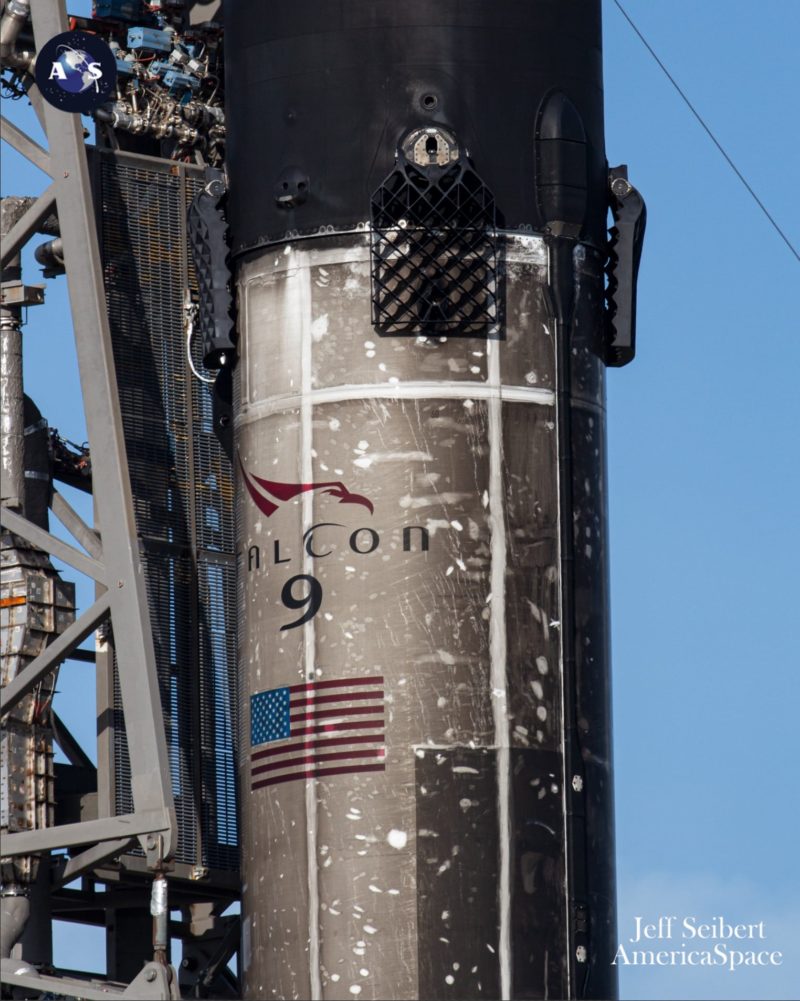
The subsequent evolution of the front, added the 45th, carries “significant uncertainty” as the week progresses, “with a good potential of it moving back northward, leading to a much higher risk of unsettled weather locally”. A violation of the Cumulus Cloud Rule is expected for both tonight’s and tomorrow’s launch attempts, with the Thursday night window also complicated by a chance of impacting the Anvil Cloud Rule.
In readiness for launch, the Autonomous Spaceport Drone Ship (ASDS), “A Shortfall of Gravitas”, departed Port Canaveral on Saturday, bound for a recovery position some 400 miles (640 kilometers) offshore, in the Atlantic Ocean. This newest member of SpaceX’s drone-ship fleet entered service back in August 2021 and has so far retrieved booster cores from 45 returning Falcon 9 missions, including 19 this year alone.
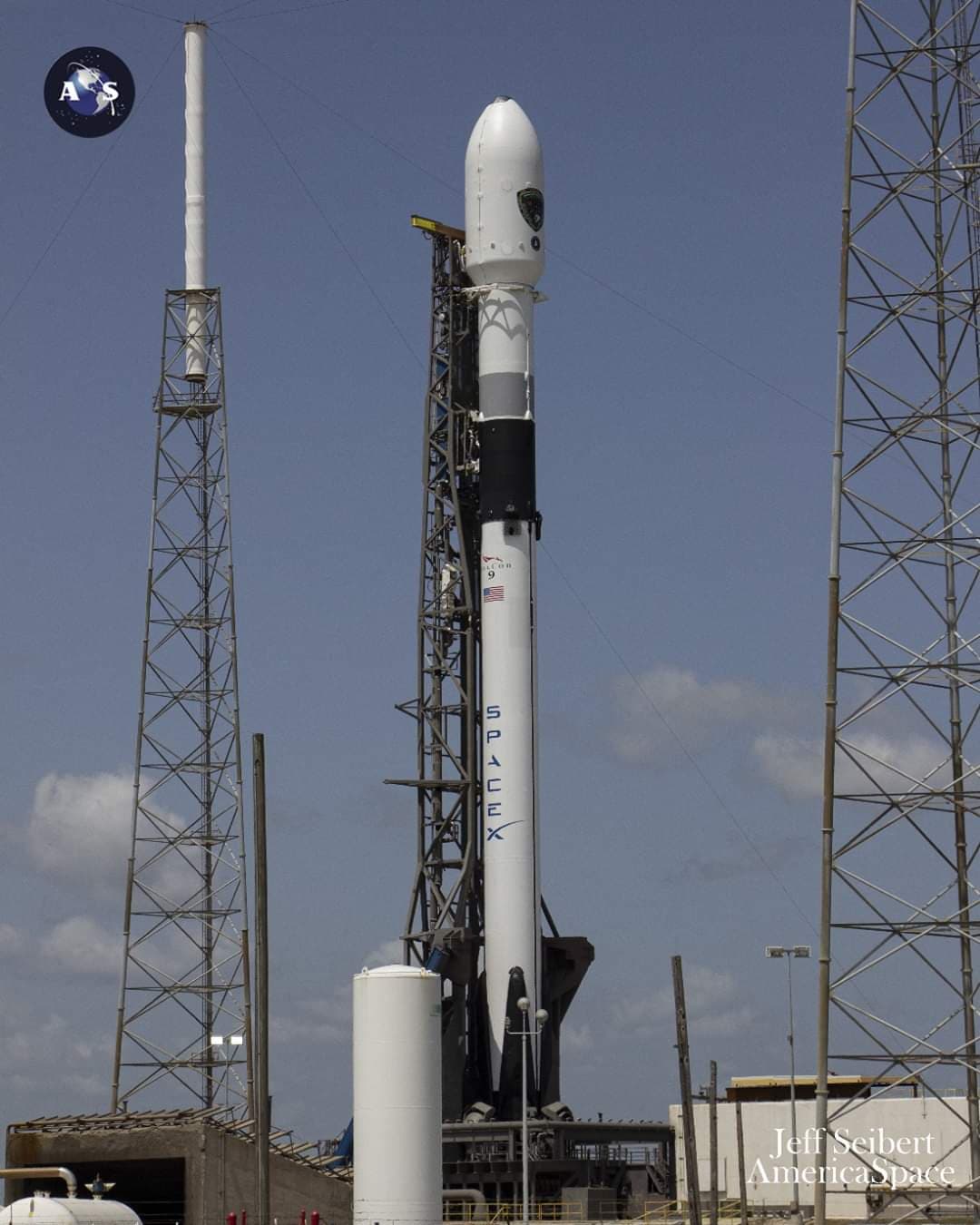
Flying aboard tonight’s mission is a “stack” of 22 “V2 Mini” Starlink satellites, weighing around 38,800 pounds (17,600 kilograms). This will be the 40th total batch of these low-orbiting internet satellites to have been launched so far in 2023 and will push past 400 the total number of downsized V2 Minis emplaced into orbit, which boast three to four times greater “usable” bandwidth than earlier Starlink iterations.
“V2 Minis include key technologies—such as more powerful phased-array antennas and the use of E-Band for backhaul—which will allow Starlink to provide 4x more capacity per satellite than earlier iterations,” SpaceX explained. “Among other enhancements, V2 Minis are equipped with new argon Hall thrusters for on-orbit maneuvering.”
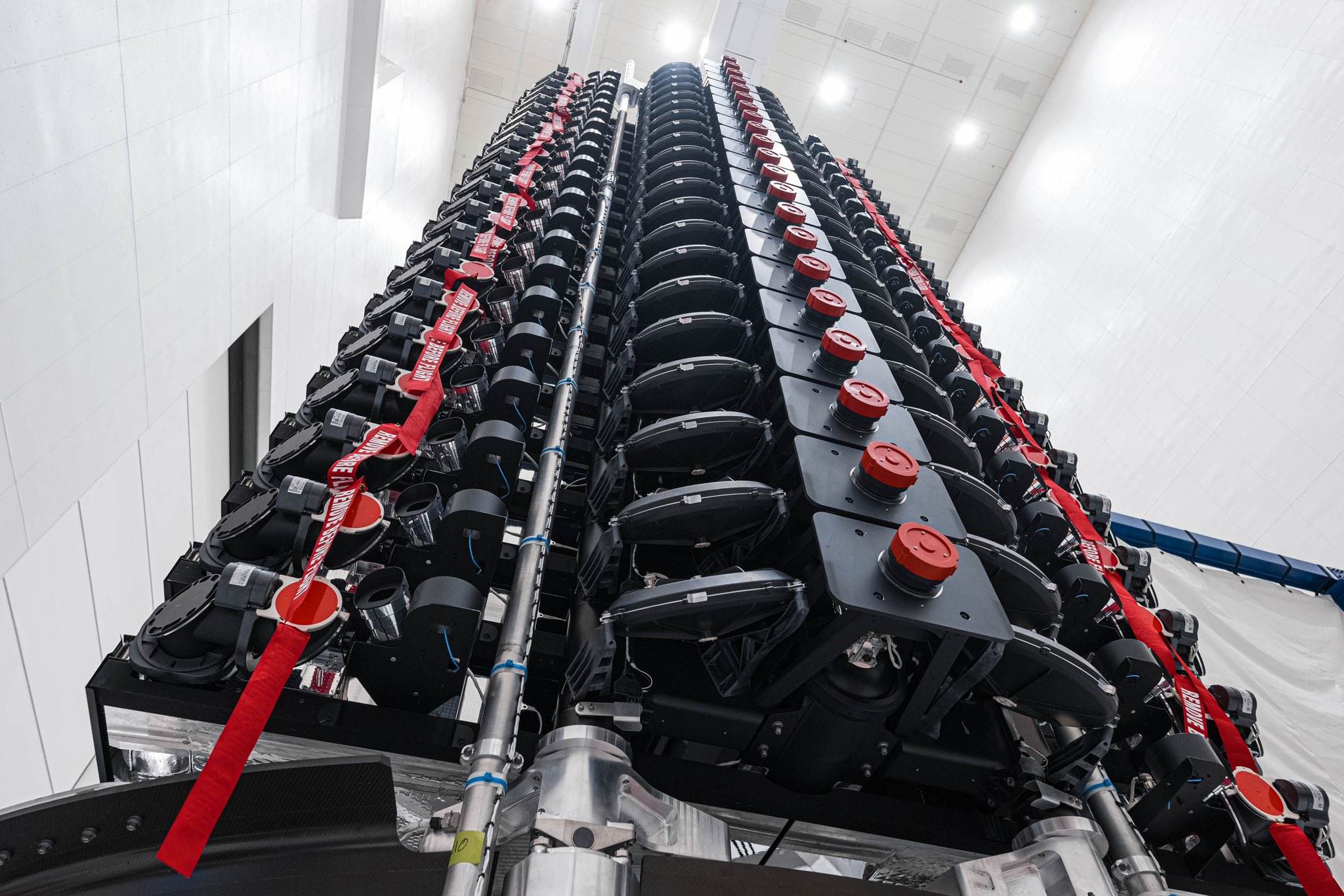
As a network, Starlink facilitates high-speed and low-latency internet provision to over 60 sovereign nations and international markets in North and South America, Europe, Asia, Oceania and Africa. In July alone, Cyprus, Guatemala, Kenya, Malaysia and Malawi signed up to the network and the Bahamas came online in August.
Florida-based intercity operator Brightline adopted Starlink on its trains earlier in 2023, the first passenger rail service in the world to do so. Additionally, El Salvador’s Ministry of Education has begun integrating Starlink capability into its schools to help close the digital divide between urban and remote rural communities and 50 Rwandan schools are now connected via Starlink’s high-speed internet service.
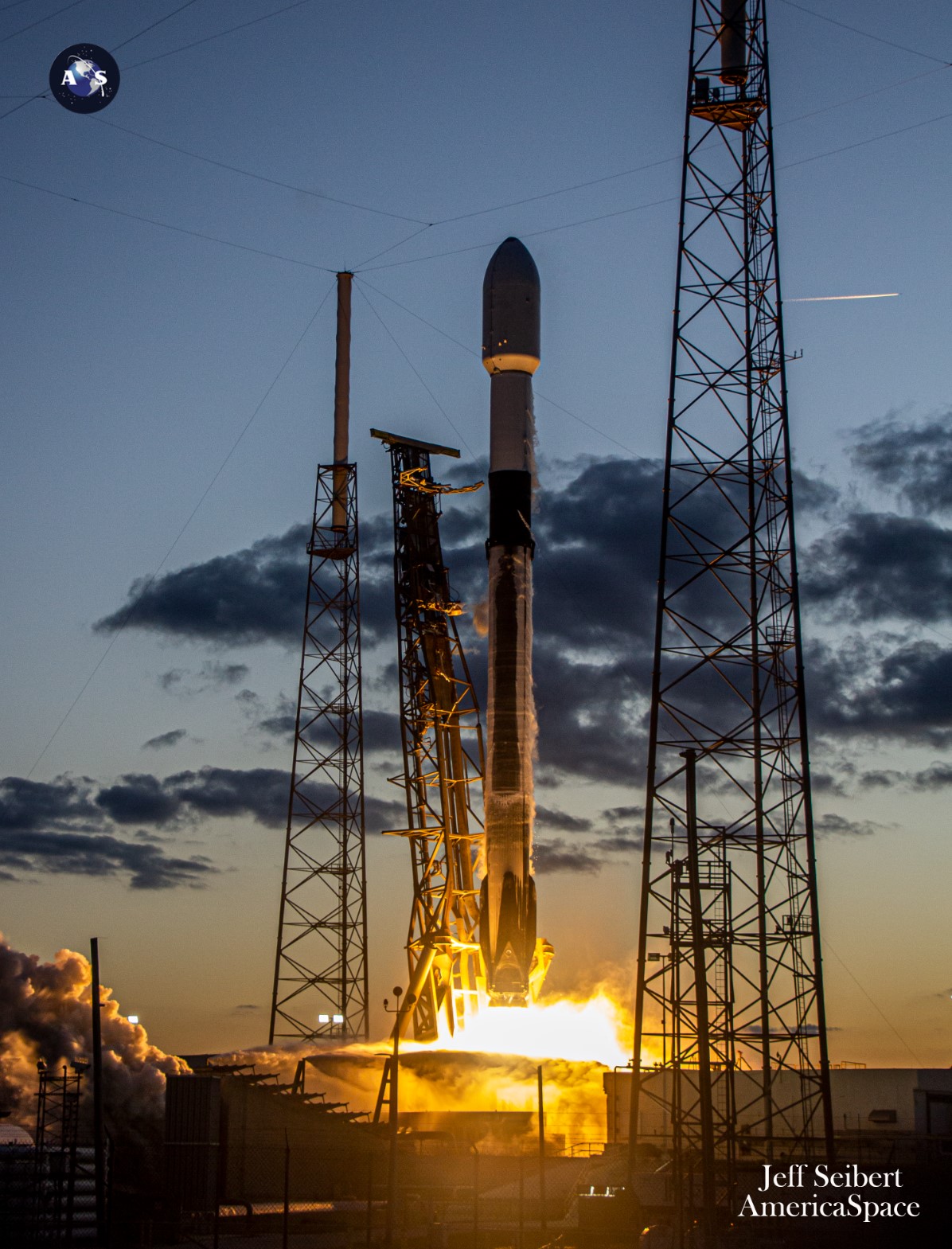
Flying tonight’s mission—the 63rd “single-stick” Falcon 9 of 2023 and SpaceX’s 66th overall launch, counting three outings by the triple-barreled Falcon Heavy in January, April and July—will be none other than B1060, which tips the scales as first in the fleet to reach 17 flights. This piles yet another record atop an already record-setting year, which has so far seen SpaceX fly eight times in a month (in March) and nine times in a month (in August), achieve a gap of only four hours and 12 minutes between pairs of flights last spring and pass its all-time empirical yearly launch record of 61 missions earlier in September.
And with B1060 becoming first in the fleet to hit 17 launches, a new record will be added to a year which a quick back-of-the-envelope extrapolation estimates might end on 90 or more flights. B1060 entered service on 30 June 2020, on a voyage which deployed the third Block III Global Positioning System (GPS) navigation and timing satellite for the U.S. Space Force, bound for eventual insertion into Medium Earth Orbit (MEO).
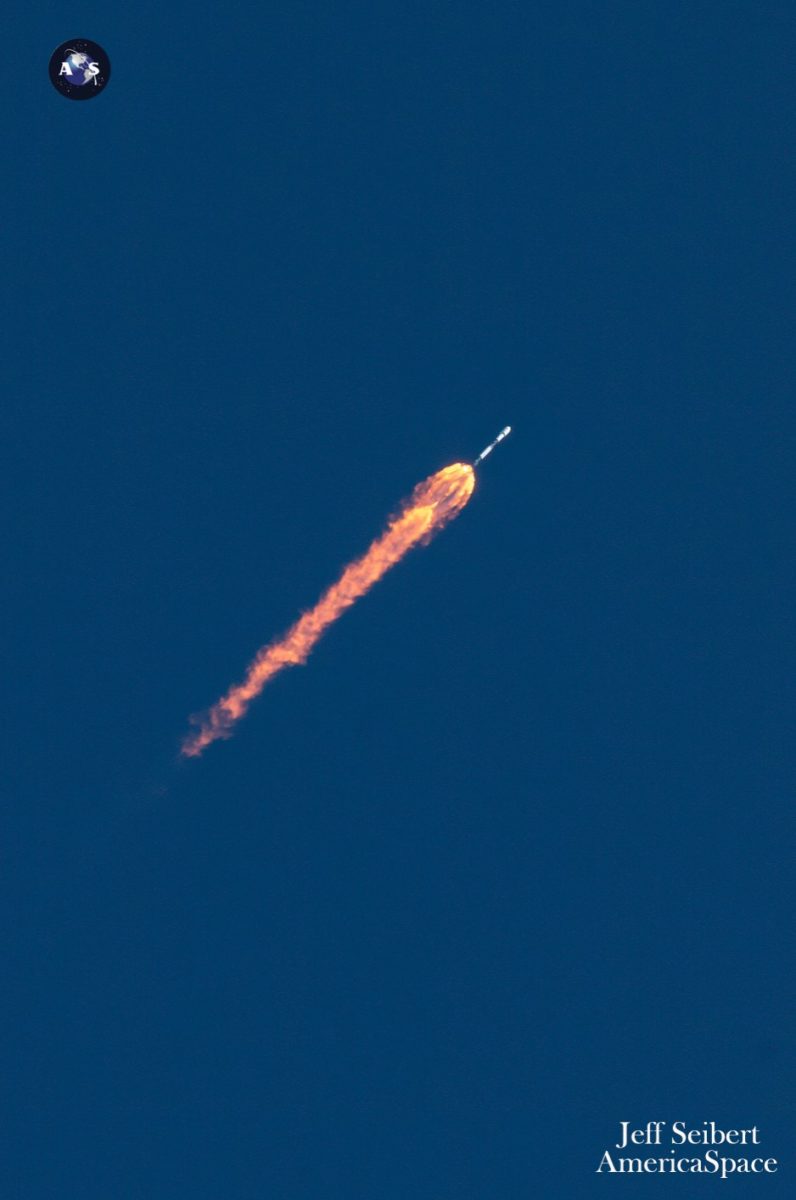
Since then, she went on to loft Turkey’s powerful Türksat 5A geostationary communications satellite, more than 600 Starlinks, the multi-payload Transporter-2 and Transporter-6 “rideshare” missions and the Galaxy 33/34 dual-stacked geostationary communications satellites last fall. This impressive raft of flights saw B1060 mark out her personal territory as the first Falcon 9 core to log a 13th launch in June 2022 and she also established a new record—now broken—of just 27 days between pairs of launches by the same booster in spring 2021.
Assuming an on-time launch, SpaceX’s sixth flight of September will see B1060 power uphill for the opening 2.5 minutes of ascent, before separating from the Falcon 9 stack and descending to land on ASOG’s deck, some 8.5 minutes after liftoff. The second stage will then execute a standard six-minute “burn” to deliver the 22 Starlinks uphill, releasing them into free flight about 62 minutes into the flight.





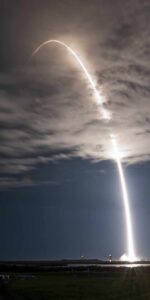
3 Comments
3 Pings & Trackbacks
Pingback:SpaceX Launches Year’s 40th Starlink Mission, 400th Miniaturized Satellite, Atop Record-Setting Falcon 9 - AmericaSpace
Pingback:SpaceX Falcon 9 Rocket Sets To Launch Tonight: Don't Miss This New Rocket Reusability Milestone | South Arkansas Sun
Pingback:SpaceX Launches Year’s 40th Starlink Mission, 400th Miniaturized Satellite, Atop Record-Setting Falcon 9 - SPACERFIT